
Newark-on-Trent or Newark is a market town and civil parish in the Newark and Sherwood district in Nottinghamshire, England. It is on the River Trent, and was historically a major inland port. The A1 road bypasses the town on the line of the ancient Great North Road. The town's origins are likely to be Roman, as it lies on a major Roman road, the Fosse Way. It grew up round Newark Castle and as a centre for the wool and cloth trades.

Arnold is a market town and unparished area in the Borough of Gedling in the ceremonial county of Nottinghamshire in the East Midlands of England. It is situated to the north-east of Nottingham's city boundary. Arnold has the largest town centre in the Borough of Gedling and the most important town centre in the northeastern part of the conurbation of Greater Nottingham. Gedling Borough Council is headquartered in Arnold. Since 1968 Arnold has had a market, and the town used to have numerous factories associated with the hosiery industry. Nottinghamshire Police have been headquartered in Arnold since 1979. At the time of the 2011 United Kingdom census, Arnold had a population of 37,768.

Sutton-in-Ashfield is a market town in Nottinghamshire, England, with a population of 48,527 in 2019. It is the largest town in the district of Ashfield, four miles west of Mansfield, two miles from the Derbyshire border and 12 miles north of Nottingham.

Watson Fothergill was a British architect who designed over 100 unique buildings in Nottingham in the East Midlands of England, his influences were mainly from the Gothic Revival and Old English vernacular architecture styles.
Thomas Cecil Howitt, OBE was a British provincial architect of the 20th Century. Howitt is chiefly remembered for designing prominent public buildings, such as the Council House and Processional Way in Nottingham, Baskerville House in Birmingham, Newport Civic Centre, and several Odeon cinemas. Howitt's chief architectural legacies are in his home city of Nottingham. He was Housing Architect for the City Council, designing municipal housing estates which are often considered to be among the finest in terms of planning in the country.

Thomas Chambers Hine was an architect based in Nottingham.
Richard Charles Sutton was an architect based in Nottingham. He was born 1834 and died on 18 October 1915.
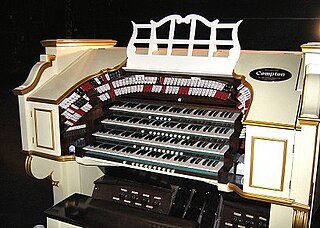
John Compton (1876–1957), born in Newton Burgoland, Leicestershire was a pipe organ builder. His business based in Nottingham and London flourished between 1902 and 1965.
Emmanuel Church, Nottingham was a Church of England church in Nottingham on Woodborough Road between 1883 and 1972.
St. Thomas' Church, Nottingham was a Church of England church on Park Row in Nottingham between 1873 and 1926.

Lieutenant-Colonel Arthur William Lancelot Brewill was an architect based in Nottingham.
Captain Basil Edgar Baily FRIBA was an architect based in Nottingham. Much of his earlier work had to do with nearby churches.
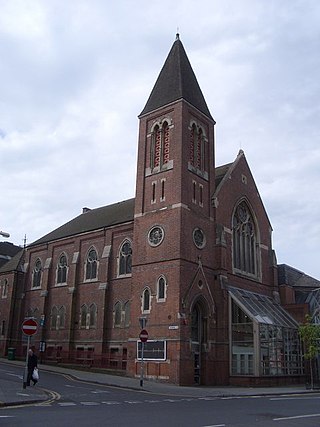
Parliament Street Methodist Church is a Methodist church on Parliament Street in Nottingham.
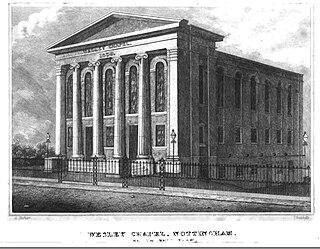
Broad Street Wesleyan Chapel was a former Methodist chapel in Nottingham from 1839 to 1954. The building is now occupied by the Broadway Cinema.
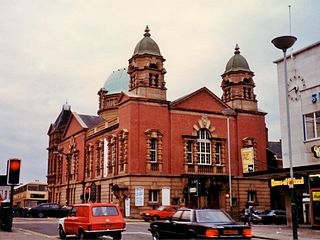
Arthur George Marshall ARIBA was an architect based in Nottingham from 1881.
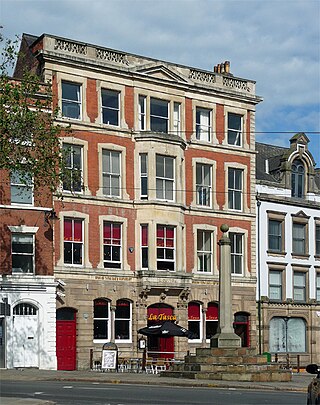
William Arthur Heazell FRIBA was an architect based in Nottingham.

St Mary’s Gate is a historic street in the Lace Market area of Nottingham City Centre between High Pavement and Warser Gate.

William Beedham Starr JP was an architect based in Nottingham.

John Collyer was an architect based in Nottingham.

Thomas Simpson was an English architect based in Nottingham.
















